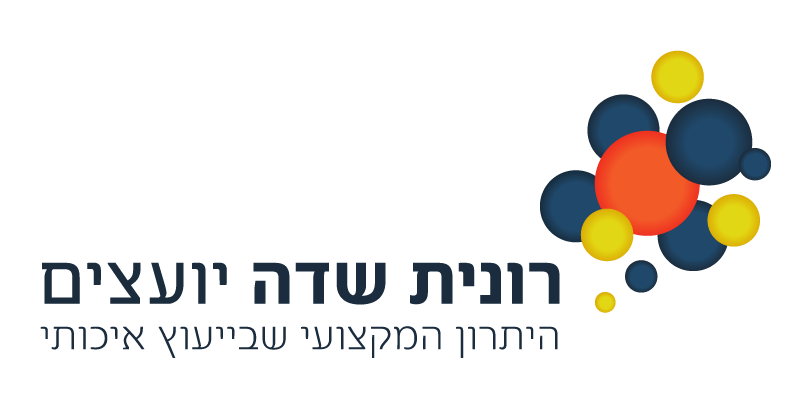Implementing Preventive Controls in Food Safety: A Comprehensive Guide to Best Practices
Ensuring food safety is a critical concern for all entities within the food supply chain. From the initial stages of farming to the final point of consumption, food safety isn't just a moral obligation, but also a regulatory requirement under laws such as the Food Safety Modernization Act (FSMA). One of the key aspects of food safety is the implementation of preventive controls. This article delves into the best practices for preventive controls in food safety.
1. Recognizing Potential Hazards: The First Step
The journey towards implementing effective preventive controls begins with understanding potential hazards. These could be biological (like bacteria or viruses), chemical (such as toxins or allergens), or physical (like glass or metal fragments). Conducting a comprehensive hazard analysis is crucial in identifying these potential risks, forming the foundation of your preventive controls.
A hazard analysis involves a thorough examination of your production process, identifying points where hazards could be introduced. This includes considering the ingredients used, the equipment and environment, and the methods of processing and packaging.
2. Establishing Preventive Controls: The Core of Food Safety
Once potential hazards are identified, the subsequent step is to establish preventive controls. These are measures designed to minimize or prevent the identified hazards. They could include process controls, food allergen controls, sanitation controls, and supply-chain controls.
- Process Controls
Process controls are procedures that ensure the control of parameters during critical processes such as cooking, cooling, fermenting, or packaging. For example, cooking food at the right temperature to kill harmful bacteria is a process control. Other examples include maintaining a specific pH level or humidity level during fermentation or storage.
- Food Allergen Controls
Food allergen controls are measures to prevent allergen cross-contact and ensure correct allergen labeling. This is crucial for protecting consumers with food allergies. It involves segregating allergenic ingredients during storage and production, thorough cleaning of equipment, and accurate labeling of finished products.
- Sanitation Controls
Sanitation controls involve maintaining the cleanliness of the facility and equipment to prevent biological hazards like bacterial growth. This includes regular cleaning and sanitizing of surfaces, pest control measures, and proper waste management.
- Supply-Chain Controls
Supply-chain controls are measures to ensure that suppliers and the raw materials they provide do not introduce hazards into the food processing environment. This involves verifying the safety practices of suppliers, inspecting incoming materials, and maintaining traceability of ingredients.
3. Regular Monitoring: Ensuring Consistency
Regular monitoring of preventive controls is a best practice that ensures their effectiveness. This could involve visual inspections, temperature checks, or even lab tests. The frequency of monitoring can vary based on the nature of the control and its importance in the food safety plan. Monitoring should be documented and reviewed regularly to ensure ongoing effectiveness of the controls.
4. Corrective Actions: Addressing Control Failures
Despite the best preventive measures, there may be instances when controls fail. In such scenarios, corrective actions are crucial. These involve identifying the problem, taking steps to prevent it from recurring, and eliminating the hazard from the product under control. Corrective actions should be documented and reviewed to prevent future occurrences of the same issue.
5. Verification and Validation: Confirming Effectiveness
Verification ensures that preventive controls are consistently implemented and effective. This could involve reviewing monitoring records, testing the environment for pathogens, and product testing. Validation, on the other hand, is the process of demonstrating that the preventive controls can effectively control the hazards. This could involve scientific studies, in-house testing, or historical data.
6. Employee Training: Building a Food Safety Culture
Regular training on the importance of food safety, personal hygiene, and the role each employee plays in preventing hazards is a best practice that can significantly improve the effectiveness of your preventive controls. Training should be tailored to the role of each employee and should be conducted regularly to ensure that all staff are up-to-date with the latest safety practices.
7. Record Keeping: Documenting Safety Measures
Maintaining detailed records is not only a regulatory requirement but also a best practice in managing preventive controls. Records provide tangible evidence that the facility is consistently implementing its food safety plan. This includes records of monitoring, corrective actions, and verification activities. Good record-keeping practices can also aid in identifying trends, improving processes, and demonstrating compliance during inspections.
In conclusion, implementing preventive controls is a critical aspect of food safety. By understanding potential hazards, implementing and monitoring controls, taking corrective actions when necessary, verifying the effectiveness of controls, training employees, and keeping detailed records, food facilities can ensure the safety of their products and the health of their consumers. It's a continuous process that requires commitment, diligence, and a culture of food safety.
- FDA's Food Safety Modernization Act (FSMA): This is the official page of the FSMA on the FDA's website. It provides comprehensive information about the act and its implications for food safety.
- CDC's Food Safety page: The Centers for Disease Control and Prevention (CDC) provides a wealth of information on food safety, including the causes of foodborne illnesses and how to prevent them.
- WHO's Food Safety page: The World Health Organization (WHO) provides global perspectives on food safety issues, including preventive measures and international standards.











